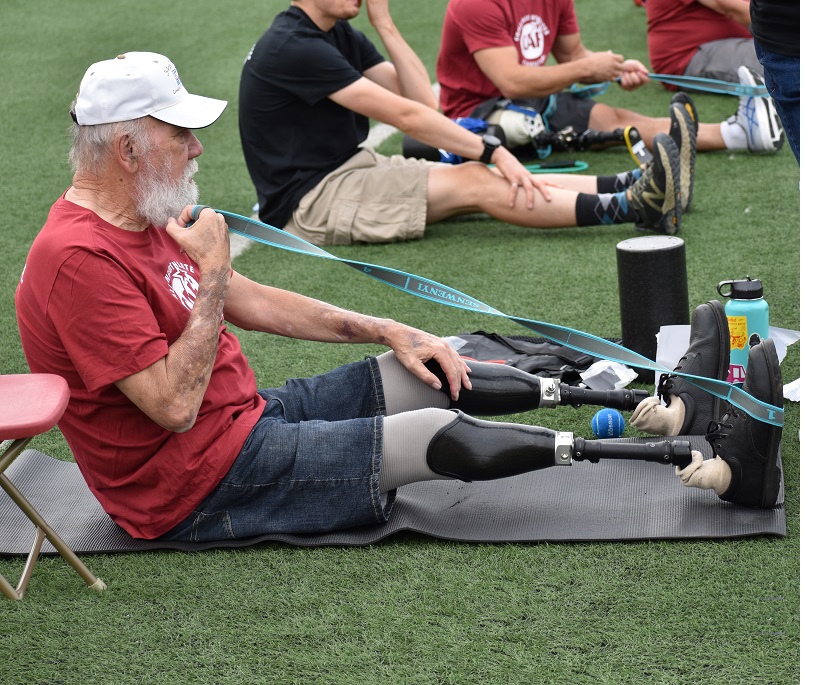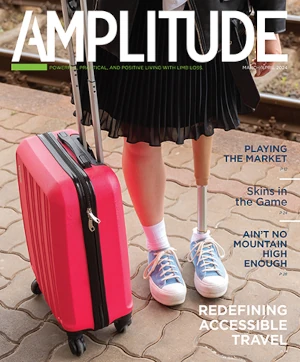A study last year suggested that more than half of new amputees never get referred to a prosthetist. The rate of referral is even lower for individuals aged 70 or older, according to the study, indicating that medical clinicians (not prosthetists) view older amputees as poor candidates for successful prosthesis uptake.
But a new paper in Prosthetics & Orthotics International strongly hints that healthcare pros are systematically underestimating senior amputees’ capacity to walk with prosthetic legs. Focused on amputees aged 80 and older, this article concludes that “although there are challenges associated with prosthetic rehabilitation in the oldest old, individuals in this age group can be successful with obtaining a prosthesis and completing rehabilitation.”

This conclusion caught our eye because Amplitude is working on an upcoming feature about aging well with limb loss. Authored by a multidisciplinary team of Canadian healthcare researchers, the P&OI paper focused on the over-80 demographic for this reason: “[It] is the fastest growing segment of the population worldwide,” per the UN. Although the writers place an unnecessarily blunt label on persons aged 80+—”the oldest old”—their motives are sound. The population of North Americans in this age group is projected to double in the next two decades, and this rapidly expanding demographic is particularly prone to diabetes and peripheral vascular disease—two of the leading causes of limb loss.
The healthcare system and society at large are woefully unprepared to meet the post-amputation needs of this growing population, argue the P&OI authors. “[M]odifications to the standard amputee rehabilitation process may be required,” they write, “posing a challenge to rehabilitation professionals.” While increased age is associated with worse prosthetic rehabilitation outcomes compared with younger adults, “this does not mean that older adults fail to make gains with rehabilitation that lead to improved function and better quality of life. Therefore, we need evidence-informed policies to ensure that the allocation of limited healthcare resources appropriately addresses rehabilitation potential and outcomes of the oldest old.”
Unfortunately, the existing evidence about rehabilitation outcomes in senior amputees is exceedingly thin. The Canadian researchers scoured scientific databases dating back to the mid-twentieth century and only found 10 relevant papers—six of them published 20 or more years ago. Only one study has been published within the last decade, and it included a single subject: a 95-year-old man who underwent below-knee amputation. That individual underwent successful rehabilitation and regained his ability to walk using a prosthesis.
“Because of the minimal number of studies,” the P&OI paper concludes, “our ability to conclude with certainty
the impact of rehabilitation after lower-limb amputation for the oldest old is limited. Individuals with lower-limb amputation in the over-80 age group have unique requirements for rehabilitation, so further investigation on outcomes is needed.”



